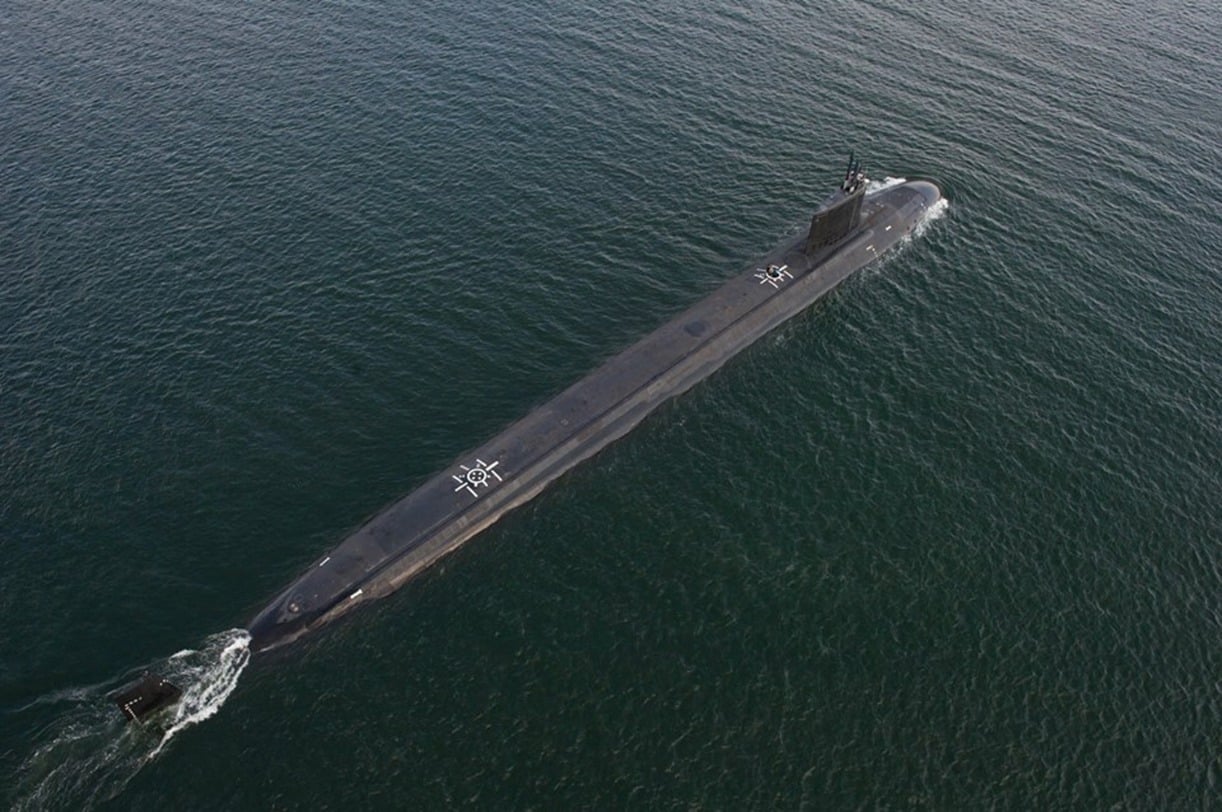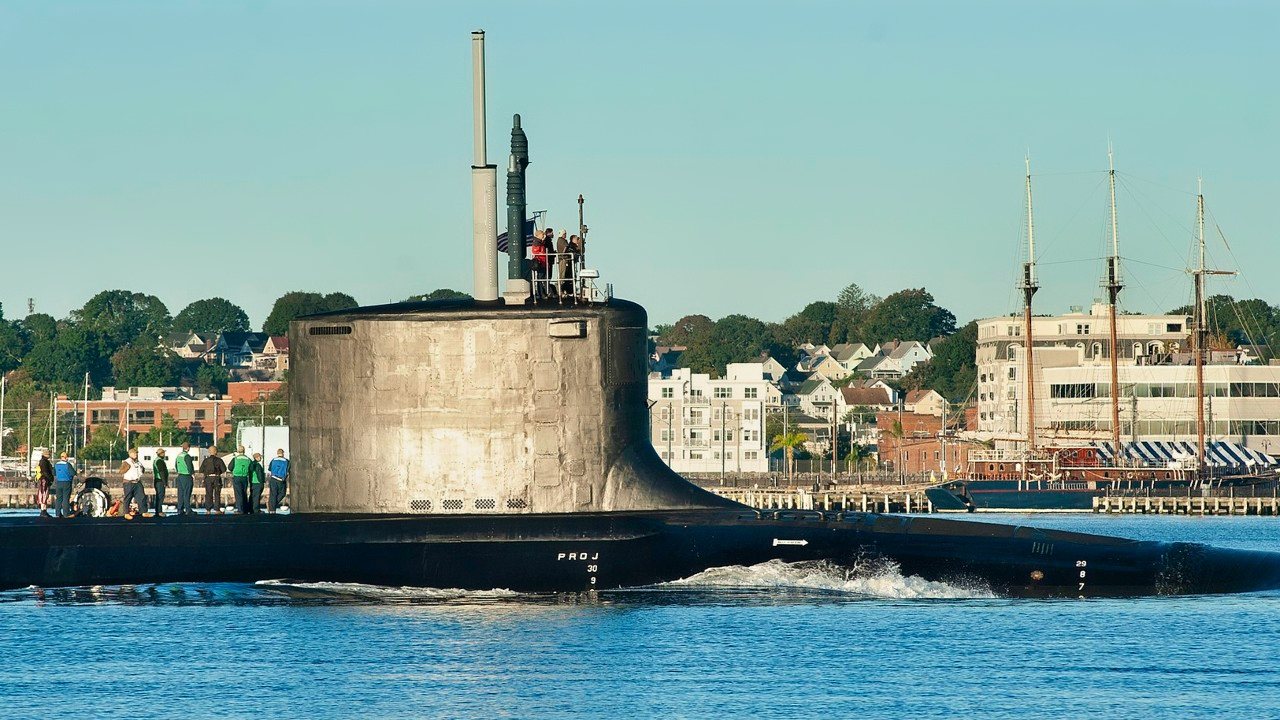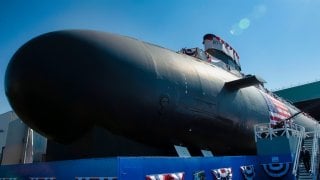Maybe the U.S. Navy Doesn't Need So Many Attack Submarines Afterall
The U.S. Navy's budget proposal reducing Virginia-class submarine production from two to one per year has sparked concerns over overall submafine fleet size and capabilities.
Summary: The U.S. Navy's budget proposal reducing Virginia-class submarine production from two to one per year has sparked concerns about submarine adequacy for modern conflicts. Critics argue this cut undermines efforts to expand the fleet and address missile capacity gaps with China. The debate also highlights potential motives tied to local economic interests and broader military-industrial complex dynamics. Despite the U.S. having the world's most formidable naval fleet, the decision reflects deeper budgetary and strategic considerations within the context of global naval competitiveness and defense spending priorities.
The Great Submarine Debate: Why Cut a Virginia-Class Submarine?
Is the U.S. Navy facing a submarine shortage?
The service’s newest budget proposal, which cuts funding from two Virginia-class submarines per year down to one, has exacerbated concerns about whether the Navy has the submarines needed to compete in a modern conflict.
Much of this concern stems from elected officials who have a vested interest in maintaining (or increasing) current levels of submarine production. And while the Virginia class, with its increased missile capacity, would help address the missile gap with China, the U.S. already has the world’s most impressive naval fleet. The “need” for more submarines is relative and subjective.
Driving the Submarine Concern
Rep. Joe Courtney (D. Ct.) is especially concerned with the decision to cut one Virginia submarine per year. Coincidentally, Courtney represents a state where the Virginia submarine is made – Connecticut, home of General Dynamics Electric Boat shipyards.
“To me, this is going in the opposite direction of where the Navy, Joe Biden and the Congress has been going consistently, towards recognizing we need a bigger fleet,” Courtney said.
Possibly, Courtney’s concerns stem from his geopolitical worldview and his national security priorities. Or, possibly, Courtney is appealing to national security interests as a way to bolster the economic prosperity of his constituents. I was raised in Connecticut, so I can appreciate a Connecticut representative guarding the economic interests of Nutmeggers. But Courtney’s advocacy speaks to the heart of the military-industrial complex that drives so much of U.S. weapons development.
The Importance of the Virginia-Class
Skepticism over Courtney’s motives aside, the Virginia class is a strategically important vessel. Designed to accommodate heavy missile payloads with the Virginia Payload Module, the Virginia is expected to mitigate the missile gap between the U.S. and China.
China has developed a significant advantage over the U.S. with respect to the quantity of intermediate-range missiles it can field. The gap grew because the U.S. spent years locked in the Intermediate-Range Nuclear Forces Treaty, or INF Treaty. China, uncommitted to the INF Treaty, spent years stockpiling weapons that the U.S. was barred from matching. Only when former President Donald Trump yanked the U.S. from the INF did the U.S. begin working to address the missile gap with China. The Virginia is an important part of closing the gap, because it was modified to carry more missiles than predecessors like the Los Angeles class (or early block Virginias).
Budgetary Constraints and Virginia-Class Submarines
While I can appreciate the theoretical need for more Virginia-class submarines, it is hard to feel any pressing concern over the decision to not build another sub. The simple fact is that the U.S. military budget is pushing one trillion dollars per year – nearly three times higher than China’s, and ten times higher than Russia’s.

Defense spending is beyond lavish. If something is getting cut, we probably didn’t need it all that much.
Ideally, the U.S. would be producing multiple Virginia-class submarines. The submarine builders of Connecticut would be employed, thriving, and contributing to the economy, and the U.S. would reach parity and then push past China with respect to intermediate-range missiles.

But if the war planners, who feel comfortable spending about $900 billion per year, couldn’t find room to fund another Virginia-class submarine, then the second yearly Virginia must have been pretty low on the totem of military needs.
About the Author: Harrison Kass
Harrison Kass is a defense and national security writer with over 1,000 total pieces on issues involving global affairs. An attorney, pilot, guitarist, and minor pro hockey player, Harrison joined the US Air Force as a Pilot Trainee but was medically discharged. Harrison holds a BA from Lake Forest College, a JD from the University of Oregon, and an MA from New York University. Harrison listens to Dokken.
All images are Creative Commons.


